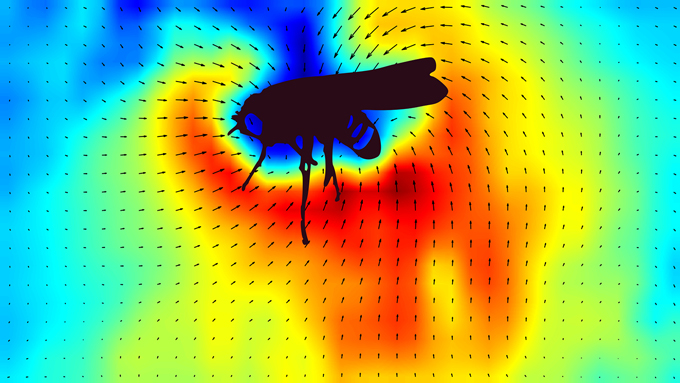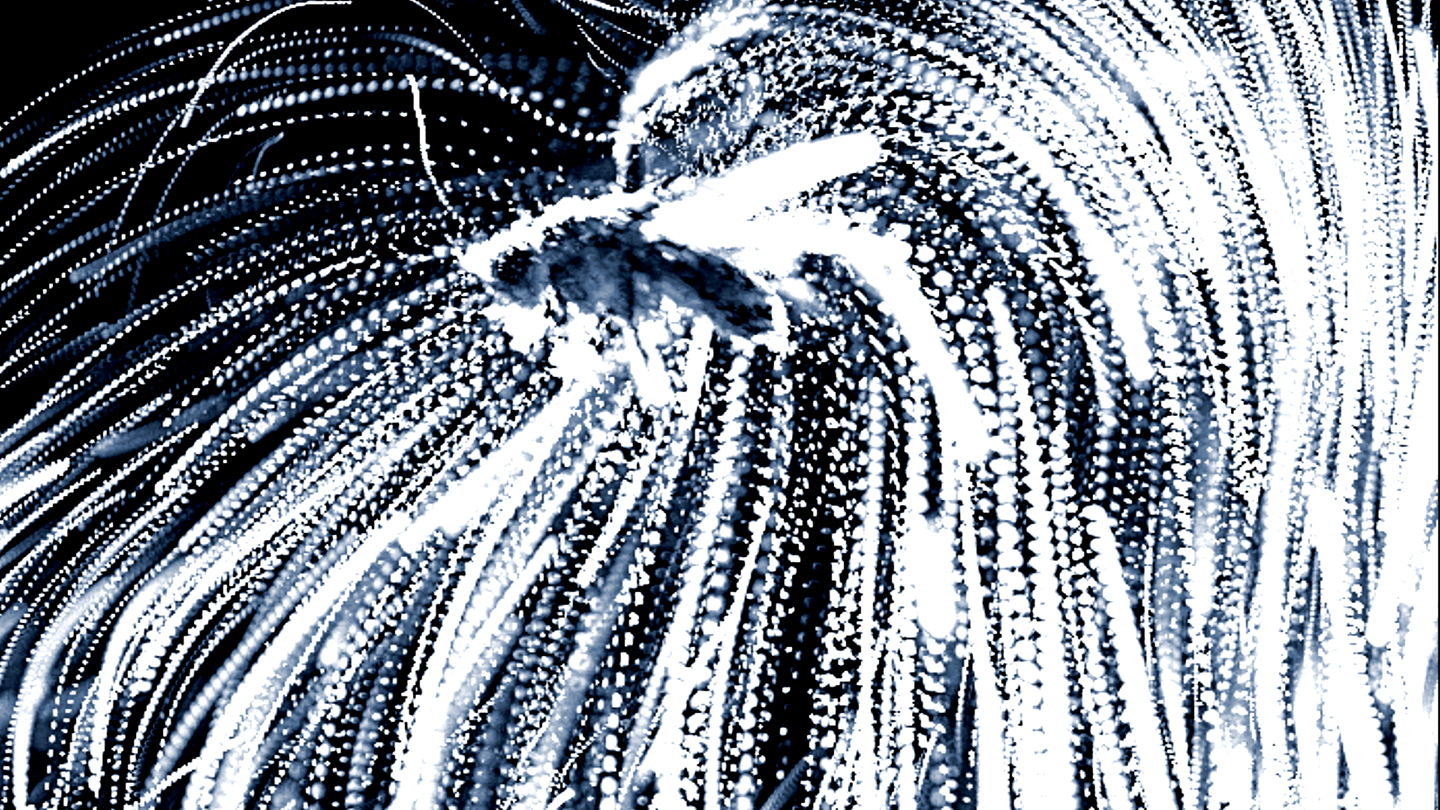LAS VEGAS — Some species of parasitic roundworms can catapult themselves high into the air to latch onto fruit flies and other insects. Experiments now reveal that leaping Steinernema carpocapsae nematodes take advantage of a secret weapon that makes them particularly effective in their pursuit of victims: static electricity.
Flying insects build up electric charge as they move through the air (SN: 10/31/22). It’s the same effect that causes electricity to collect on droplets of mist in clouds, and ultimately leads to lightning.
Individual insects can accumulate charges of 100 volts or so, biomechanics researcher Víctor Ortega Jiménez of the University of Maine in Orono reported March 6 at the American Physical Society meeting. When nematodes leap, the charge on a passing insect attracts the parasites like lint to a staticky sweater.

To test the effect of electric charge, Ortega Jiménez and colleagues mounted dead fruit flies on wires and placed them near a surface covered in nematodes. With no charge on a fly, only nematodes that happened to jump in the direction of the insect landed on target, as expected. When researchers applied an electric charge to a suspended fruit fly, even nematodes that initially headed in the wrong direction were caught up in the electric field and pulled onto the fly.
Ortega Jiménez has also studied electric force effects on spider webs. When charged insects neared a web, “the silk is attracted directly to the insects,” he says. That made him wonder whether leaping nematodes rely on those forces as well.
Researchers have long considered the effect of fluids and air flow on insects and other tiny creatures. But only recently have they added electricity to the mix, Ortega Jiménez says. “We need to know how animals actually are dealing with these forces at this scale.”
For all the latest Technology News Click Here
For the latest news and updates, follow us on Google News.

